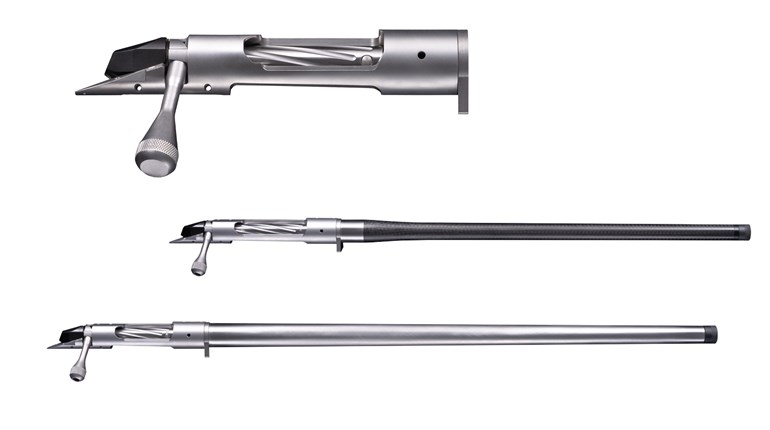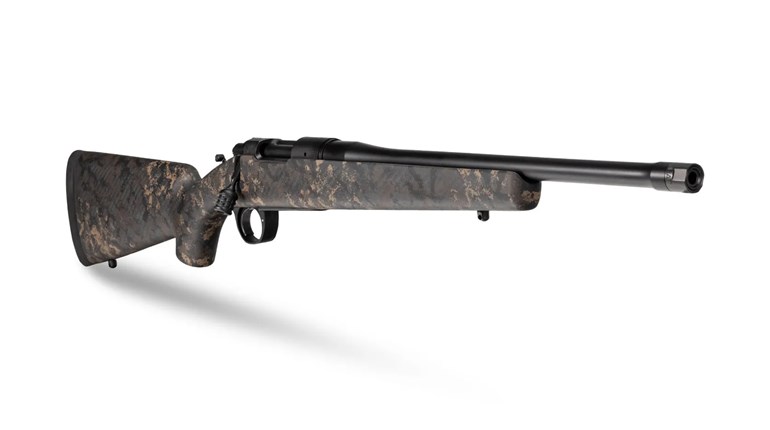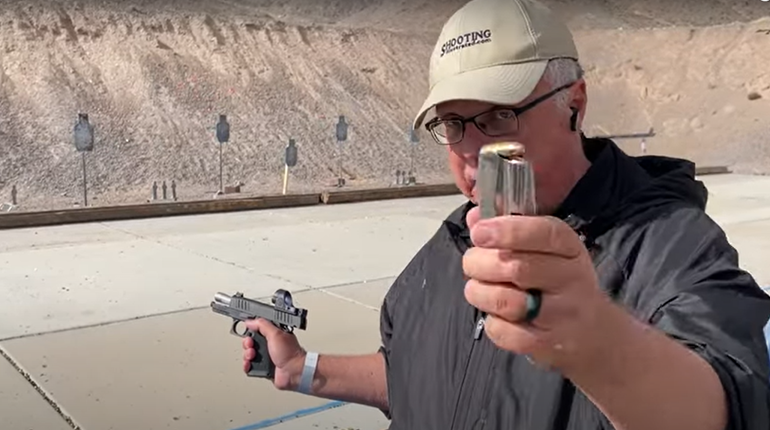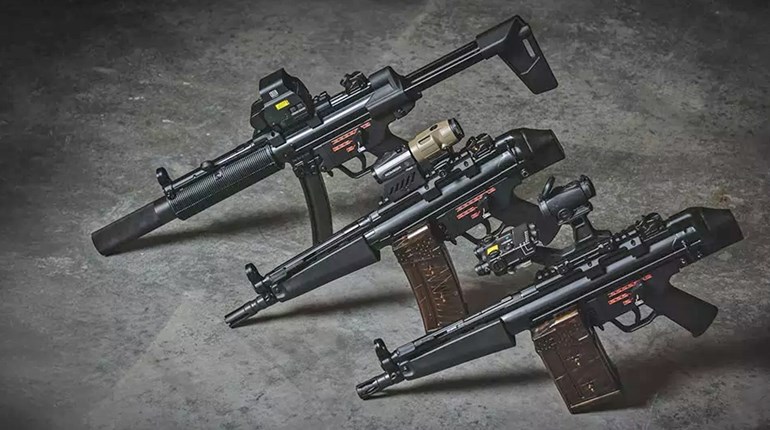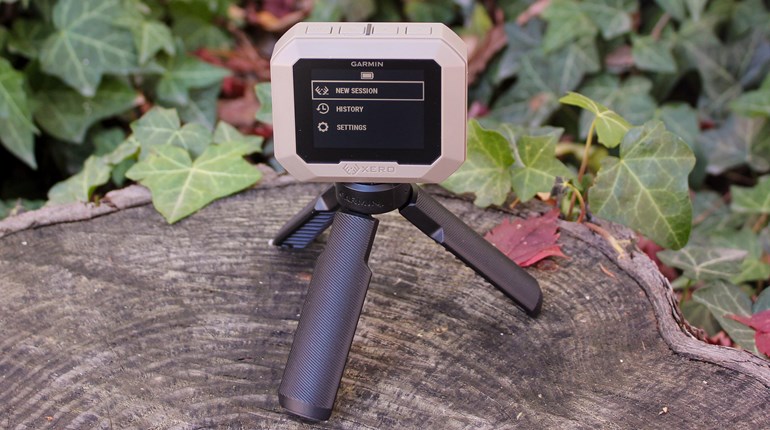
Although you may not recognize the name, chances are you have seen and even shot the handiwork produced by Bergara. The company began specializing in barrels at its high-tech factory in northern Spain about 10 years ago and now supplies them to many major gun makers as OEM components. A company executive told me a list of the top 10 rifle manufacturers in the U.S. would include several that are using Bergara barrels on their guns. Indeed, you may have a rifle with a Bergara barrel in your safe right now.
Following its success in the barrel market, Bergara recently moved into building complete rifles. The company separates its bolt guns into three series: the Performance and Premier production-class lines, which Bergara introduced this spring, and the build-to-order Custom line. All use proprietary push-feed actions with bolts having two opposing lugs and a sliding-plate extractor. And of course, they all have Bergara barrels. Suggested retail prices run from $825 for the B-14 Hunter in the Performance series to $5,000 for the chassis-stock BCR20 Heavy Tactical in the Custom line.
While many of us will recognize the value in the affordable B-14 Hunter, those searching for something more—a special rifle to fill a specific need—will find it in Bergara’s custom offerings. The family includes seven base models that customers can tailor to their specifications. A team of perfectionist gunsmiths headed up by Dan Hanus, a 22-year veteran of the U.S. Marines who served as production chief and chief instructor of the Precision Weapons Section on Marine Corps Base Quantico (think M40A5), hand-builds each custom order at Bergara’s shop in Duluth, Ga.
When I first got a look at the complete Custom line, it was all too easy to be drawn to the BCR12 Mountain Hunter. Weighing about 5.5 pounds with a 20-inch barrel in .308 Win., the rifle had the makings of what I want in a gun that’s going to be carried—not slung—on long hikes that wind through areas of tangled brush. The mountains I hunt aren’t slopes blanketed by talus or covered in mature timber, but instead their rock-strewn faces are snarled with laurel, rhododendron and new-growth saplings. Here, a mountain rifle should be short and lightweight to make crawling through the thick stuff easier. It should come quickly to the shoulder and remain steady when it gets there for a fleeting offhand shot at close range, but it also needs to be accurate enough to thread a bullet through an opening on the other side of a hollow for a good hit at 200 yards or more.
Thinking about driving bears from Pennsylvania clear-cuts, I asked Mark Hendricks, Bergara’s vice president of technical development, if the custom shop could cut the barrel back to 16 inches and chamber it in .338 Federal. (Nothing against the .308; the .338 is just bigger. That makes it better for bears where I hunt them.)
“We’ll build it however you want,” he said, “but think about a No. 3 barrel instead of a No. 2. It will help the balance.” I’m glad I took his advice. Even with its stubby barrel, my Mountain Hunter balances at the front action screw when it’s fully loaded and topped with a Swarovski Z3. With four rounds in the magazine and one in the chamber, total weight including the scope is less than 7 pounds, yet there’s no whippy feeling when I point the rifle at a target. It’s made for sudden and surgical offhand shooting—just like I wanted.
Like all of Bergara’s custom rifles, the Mountain Hunter has a stainless steel barrel with a nitride finish to resist corrosion. The button-rifled barrel goes through a five-step process at the factory that includes bore honing on spindles with diamond-tipped bits. Honing produces a smooth bore finish, while tight tolerances for barrel straightness and groove diameter ensure consistency throughout the length of the barrel. When the barrel gets to the custom shop, one of Bergara’s gunsmiths inspects the bore with a scope and laps it by hand to make it even smoother.
The chamber is hand-cut with a reamer guided by a pilot that has been precision ground for the individual barrel, as opposed to using a standard pilot without an exact fit, which could lead to slop during reaming. The threads that join the barrel to the action are also cut by hand for perfect engagement. In fact, there is a zero crush factor between the barrel, recoil lug and action when the components are assembled, which Bergara says promotes consistent harmonics. The action is hand-lapped to the barrel, and the bore’s center line must be within .0002 inch of true center to pass inspection.
Bergara pays just as much attention to the fit between the barreled action and the stock—in the case of the Mountain Hunter, a fiberglass and graphite composite from High Tech Specialties. The pillar-bedded action sits in a full-length cradle of Marine-Tex, a heavy-duty structural epoxy that is nearly impervious to chemical breakdown and shows virtually no shrinkage over time. But before the Marine-Tex is applied, the barreled action and pillars are dry-fit to the stock so they mate tightly even without epoxy. The components on my Mountain Hunter fit so precisely it’s like the stock was built around the barreled action.
Three more features worth noting include a large bolt-handle knob, a low-profile floorplate release inside the front of the trigger guard and a wide Timney trigger. I cannot praise Bergara enough for putting a real bolt knob on the Mountain Hunter instead of machining it down in a misguided attempt to reduce weight by a few more fractions of an ounce. The checkered, tear-drop-shaped knob doesn’t slip from the hand under speed, and it makes cycling the slick action second-nature.
Dan Hanus and his crew have built sniper rifles—literally—and so my expectations for the Mountain Hunter were high. Still, I was impressed when the first 100-yard group I fired from the rifle formed a nice cluster of holes in the paper I could easily cover with the tip of my thumb. Several more groups with two loads from Federal Premium approached .5 inch. Even more surprising, four factory loads with three different bullet weights had virtually the same point of impact. None of this usually happens with lightweight rifles. The only disappointment was the Mountain Hunter did not like the Federal Trophy Bonded Tip load, but I got over that quickly.
The Mountain Hunter is just one example of the custom shop’s work. There are many other options available, but expect the same level of craftsmanship. It comes at a price—nearly $3,000 for the Mountain Hunter—but when a rifle is built to order as perfectly as humanly possible, that’s a fair deal.

Techical Specifications:
• Type: bolt-action centerfire rifle
• Caliber: .338 Fed. (tested), others available upon request
• Barrel: 16"; 416 stainless steel; 6 grooves, 1:10" RH twist
• Magazine: hinged floorplate; 4-rnd. capacity
• Trigger: single-stage Timney; 3-lb. pull weight
• Sights: none
• Safety: two-position toggle
• Stock: High Tech Specialties fiberglass and graphite composite; LOP 13"
• Metal Finish: matte-black Cerakote action, matte-black nitride barrel
• Overall Length: 35"
• Weight: 5.75 lbs.
• Accessories: Warne or Talley scope bases
• MSRP: $2,950 (base model)














